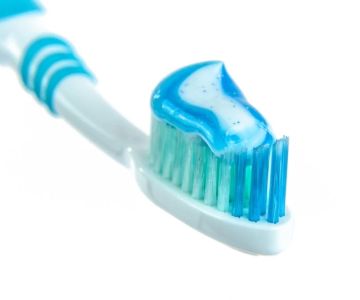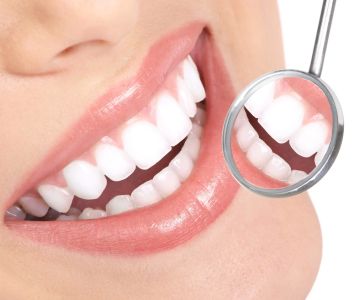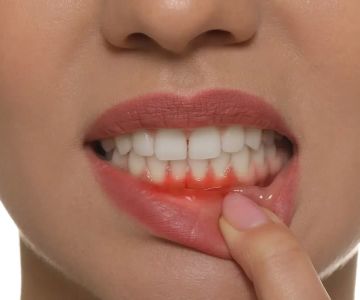
Effective Gum Disease Treatment: How to Combat Periodontal Disease and Protect Your Smile
- Understanding Gum Disease and Its Stages
- Signs and Symptoms of Gum Disease
- Treatment Options for Gum Disease
- Home Remedies for Gum Disease
- Professional Dental Care for Gum Disease
- How to Prevent Gum Disease
- Taking Action on Your Gum Health Today
Understanding Gum Disease and Its Stages
Gum disease, or periodontal disease, is a common yet serious condition that affects the gums and can lead to tooth loss if left untreated. It begins with inflammation in the gums (gingivitis) and can progress to more severe forms, including periodontitis, which can cause permanent damage to the teeth and gums.
At its core, gum disease occurs when plaque—sticky bacteria-filled film—builds up on the teeth and gums. If not removed by brushing and flossing, plaque hardens into tartar, which irritates the gums and causes them to become swollen and bleed. Without proper treatment, gum disease can worsen and lead to severe complications.
Signs and Symptoms of Gum Disease
Recognizing gum disease early is key to successful treatment. Some of the most common signs include:
- Bleeding gums, especially when brushing or flossing
- Red, swollen, or tender gums
- Persistent bad breath or a bad taste in the mouth
- Receding gums or teeth that appear longer than usual
- Loose teeth or difficulty chewing
If you notice any of these symptoms, it’s important to seek treatment as soon as possible to prevent the disease from progressing.
Treatment Options for Gum Disease
The good news is that gum disease is treatable, especially when caught early. There are several treatment options available depending on the severity of the condition.
1. Non-Surgical Treatments
In the early stages of gum disease, treatments such as professional cleaning and scaling may be all that is needed. This involves removing plaque and tartar from the teeth and gums to help reduce inflammation and encourage healing.
2. Surgical Treatments
If gum disease has progressed to a more advanced stage, surgical treatments may be necessary. These can include procedures like gum grafts, flap surgery to clean the roots of teeth, or bone grafts to restore the supporting structure of the teeth.
Home Remedies for Gum Disease
While professional dental care is essential for treating gum disease, there are also home remedies that can help improve your gum health and reduce symptoms.
1. Saltwater Rinse
A saltwater rinse can help reduce inflammation and promote healing in the gums. Simply mix a teaspoon of salt in a glass of warm water and swish around in your mouth for 30 seconds.
2. Oil Pulling
Oil pulling, a practice from ancient Ayurvedic medicine, involves swishing coconut oil or sesame oil around in your mouth for about 10-15 minutes. This can help reduce plaque buildup and promote gum health.
3. Aloe Vera Gel
Aloe vera gel has anti-inflammatory properties that can soothe irritated gums. You can apply a small amount directly to your gums for relief.
Professional Dental Care for Gum Disease
For more serious cases of gum disease, professional dental treatments are essential. Your dentist will be able to assess the severity of the condition and recommend the appropriate treatment.
1. Deep Cleaning (Scaling and Root Planing)
This non-surgical procedure involves cleaning the teeth and roots thoroughly to remove plaque and tartar buildup beneath the gum line. It is often the first step in treating gum disease.
2. Periodontal Surgery
If gum disease is advanced, periodontal surgery may be needed. This can include procedures like flap surgery or bone grafting to restore the gums and teeth structure.
How to Prevent Gum Disease
The best way to avoid gum disease is through prevention. Here are some key practices to maintain optimal gum health:
- Brush your teeth at least twice a day using fluoride toothpaste.
- Floss daily to remove plaque and food particles between your teeth.
- Visit your dentist regularly for professional cleanings and checkups.
- Eat a balanced diet that is rich in vitamins and minerals to support healthy gums.
- Quit smoking, as tobacco use is a major risk factor for gum disease.
Taking Action on Your Gum Health Today
If you're experiencing symptoms of gum disease or are concerned about your gum health, it’s essential to take action. Early treatment can prevent the progression of the disease and protect your overall oral health.
At Dentistry Toothtruth, we offer comprehensive treatments for gum disease and other dental conditions. Contact us today to schedule a consultation and take the first step toward healthy gums and a beautiful smile!







 Willamette Dental Group - Tacoma3.0 (203 review)
Willamette Dental Group - Tacoma3.0 (203 review) Adelberg Montalvan Pediatric Dental - Massapequa Park4.0 (416 review)
Adelberg Montalvan Pediatric Dental - Massapequa Park4.0 (416 review) Delux Dental Avondale4.0 (47 review)
Delux Dental Avondale4.0 (47 review) High Point Dental Group4.0 (510 review)
High Point Dental Group4.0 (510 review) Eastern Dental4.0 (897 review)
Eastern Dental4.0 (897 review) Community Dental Care - St. Paul3.0 (105 review)
Community Dental Care - St. Paul3.0 (105 review) The Importance of Oral Health Education During Pregnancy for a Healthy Pregnancy
The Importance of Oral Health Education During Pregnancy for a Healthy Pregnancy Best Tips for Brushing Your Teeth Properly for Healthy Gums: Essential Techniques for Oral Health
Best Tips for Brushing Your Teeth Properly for Healthy Gums: Essential Techniques for Oral Health Why Skipping Dental Checkups Can Lead to Bigger Oral Health Problems
Why Skipping Dental Checkups Can Lead to Bigger Oral Health Problems Advantages of Porcelain Dental Restorations
Advantages of Porcelain Dental Restorations How Can Diabetes Cause Tooth and Gum Problems? Preventing and Managing Oral Health Issues
How Can Diabetes Cause Tooth and Gum Problems? Preventing and Managing Oral Health Issues Healthy Habits for Promoting Good Oral Health and Hygiene: Tips for a Healthy Smile
Healthy Habits for Promoting Good Oral Health and Hygiene: Tips for a Healthy Smile